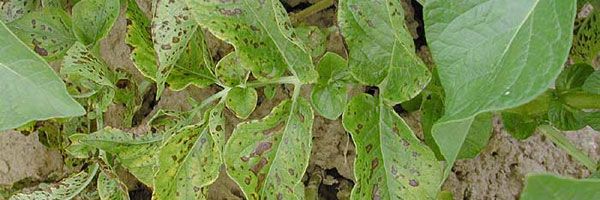
Micronutritients
The main secondary elements or micronutrients include magnesium, calcium, iron, manganese, boron and sulphur. Although they are needed by the plants in much lower amounts than macronutrients, adequate supplies of these nutrients to the plants are required for quality crop production.
The availability of these nutrients in the soil depends on the pedoclimatic environment. For example, zinc is a not very mobile element and is concentrated in the soil’s organic matter close to the surface of the soil. Therefore, cool and humid weather reduces the availability of zinc and may cause deficiency.
The availability of micronutrients usually diminishes with a soil pH of over 7. Consequently, soils with a high pH level are more likely to suffer from a deficiency. Similarly, sandy soils are more likely to suffer from a deficiency than clay soils.
The main symptoms of deficiency in micro elements nutrients are described on the page opposite.
The use of micronutritional elements must be justified (by soil and plant tissue analysis or from meticulous visual examination of the plants) in order to avoid any extra or unnecessary cost, as well as limiting the possible toxic effects to the environment and adverse negative interactions with other elements.
The choice of an effective method of application depends on the deficient micronutrient, local soil conditions and the phenological stage at which the deficiency is detected.





